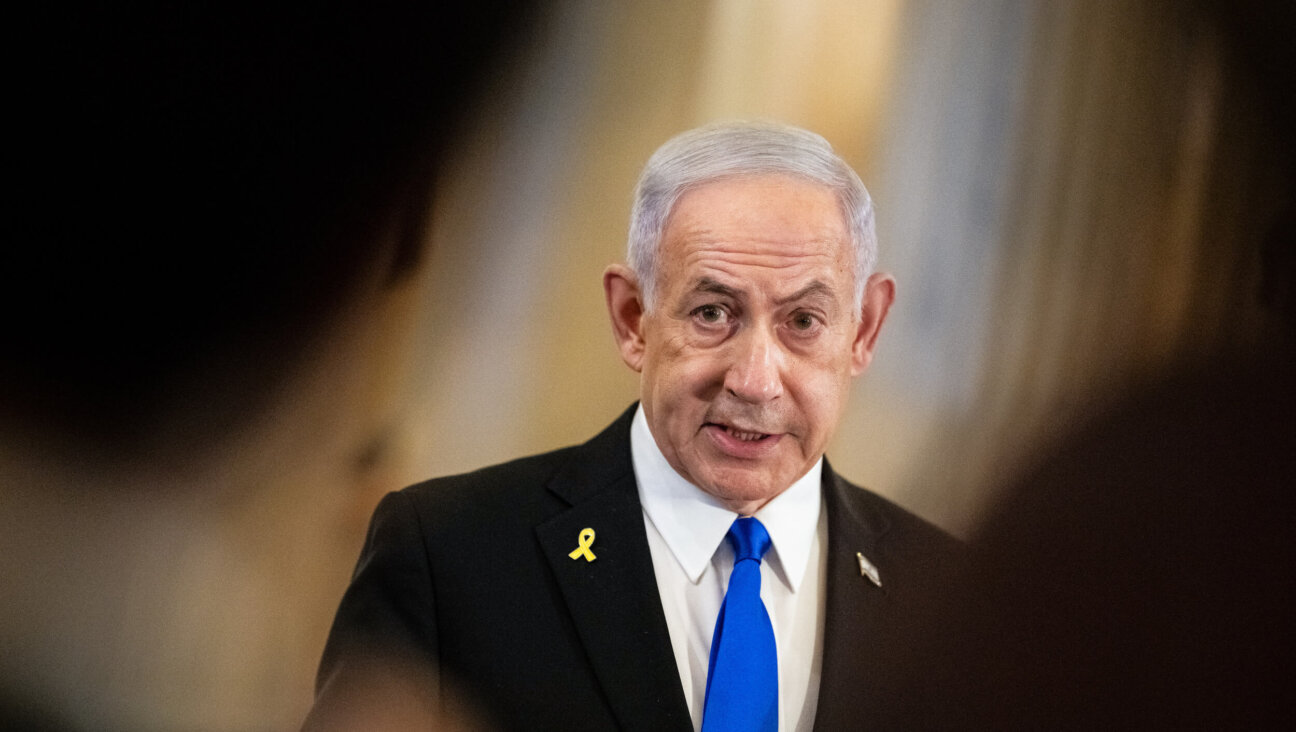Terrorism and the Lone Gunman
Hossam Dwayyat, 31, a Palestinian construction worker from East Jerusalem, went on a rampage July 2 and drove his bulldozer into a bus and several cars, killing three Israeli women and wounding dozens more before he was shot dead. Police quickly determined that he had acted alone and had no links to terrorist organizations. Rather, he had a criminal record for drug abuse, and friends said he was despondent over a failed romance. Still, the incident was ruled terrorism, though foreign critics questioned the term. A weeks-long debate ensued over whether to demolish the home of the terrorist’s family as a deterrent. One expert, former Jerusalem police chief Mickey Levy, confidently stated that the incident was “sporadic” and would “not inspire copycat attacks.”
Three weeks later, on July 22, there was a copycat attack. East Jerusalem construction worker Ghassan Abu Tir, 22, drove his bulldozer into several vehicles, injuring some two dozen Israelis before he was shot dead. Like Dwayyat, he had no known links to terrorist organizations. His father blamed the act on confused identity as an East Jerusalem Arab with no clear nationality, Palestinian or Israeli. A search of his home turned up Islamic extremist literature, confirming authorities’ belief that he acted from terrorist motives.
Five days later, on July 27, unemployed Tennessee truck driver Jim D. Adkisson, 58, allegedly entered a Unitarian Universalist church in Knoxville and opened fire with a shotgun, killing two persons and wounding six. A note found in his truck reportedly said he hated “the liberal movement” and its social teachings. He also complained about his inability to find a job and his loss of food stamps. News reports said a search of his home turned up books by Bill O’Reilly, Michael Savage and Sean Hannity, conservative talk show hosts known for their slashing verbal attacks on liberals. Following his arrest, according to a police affidavit, Adkisson told officers that “because he could not get to the leaders of the liberal movement … he would then target those that had voted them into office.”
On August 13, an Arkansas man successfully tracked down a liberal movement leader, and killed him. The alleged shooter, Timothy Dale Johnson, 50, lost his job in a Target store and promptly drove 50 miles to the Little Rock headquarters of the Arkansas state Democratic Party, where he asked for the state chairman, Bill Gwatney. He then barged into Gwatney’s office and shot him dead. Johnson was later killed in a shootout with police. News reports consistently describe both Adkisson and Johnson as “lone gunmen.”
Do two isolated cases, three weeks apart, constitute a criminal pattern? If the attackers appeared intent on killing a particular class of victim, but have no links to an organized group, is it terrorism? If the attacker had literature at home, demonizing the victim group and urging action, did the authors incite the attacks?
Israeli authorities are clear on the answers. American authorities don’t seem to have figured out the questions yet.





















